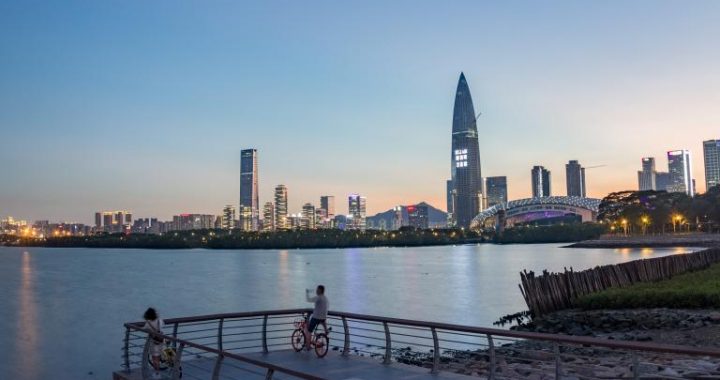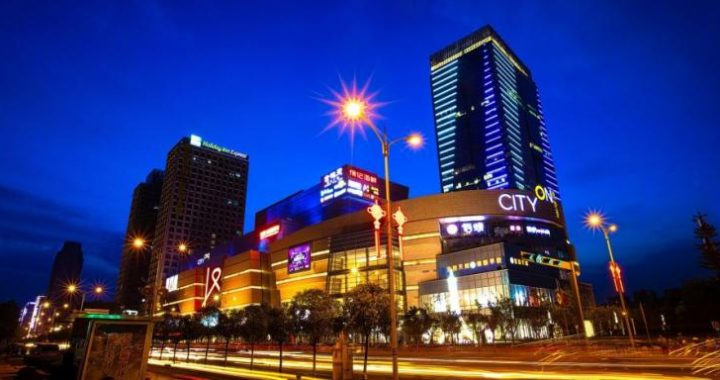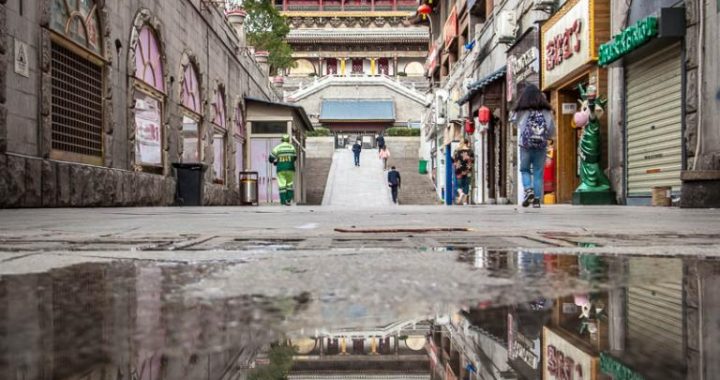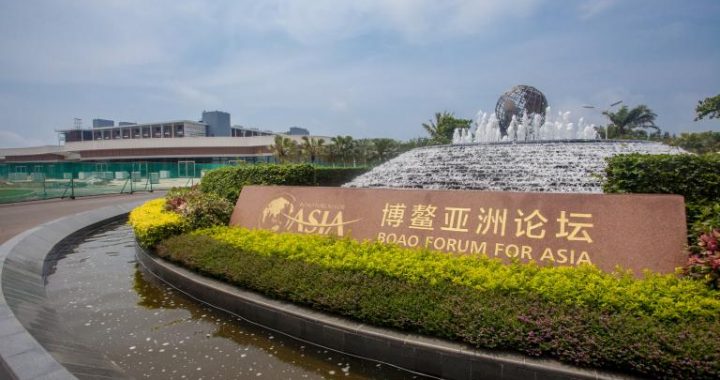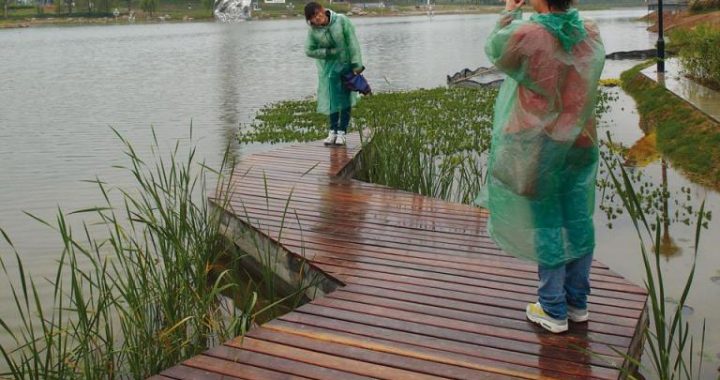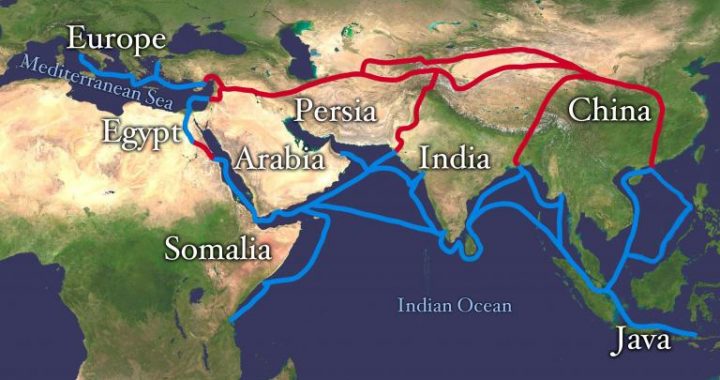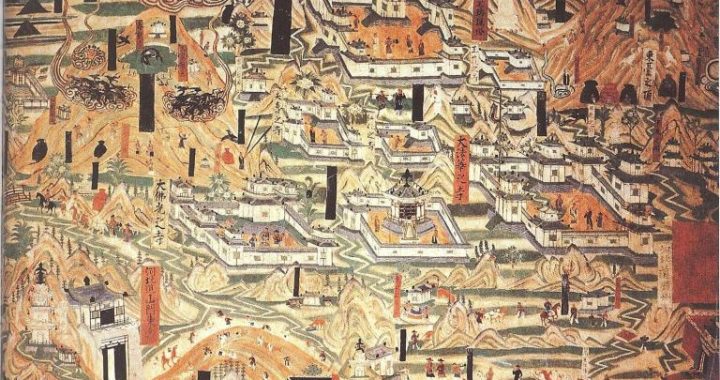History of Xi’an
6 min readIn the middle of the Guanzhong Plain in Shaanxi province,there is a city called Xi’an.Nourished by the Weihe River which runs through it,the fertile land of Xi’an attracted twelve emperors in the early Chinese feudal history who made Xi’an the capital of their dynasties.The over one thousand years of history as a feudal capital makes Xi’an the most ancient one among all the seven ancient capitals in China and endows the land with numerous cultural and historical relics which have helped establish its world fame as a historically and culturally renowned city and as an internationally reputed tourist destination.
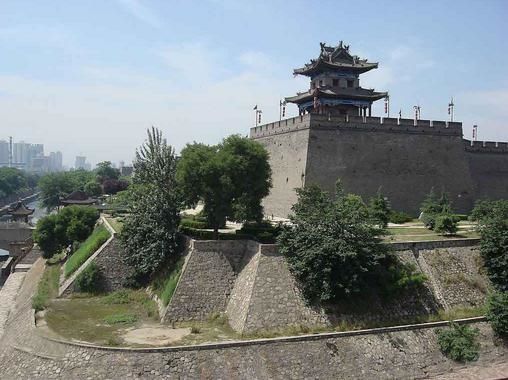
Xi’an was chosen to be the capital in the Zhou,Qin,Han,Tang and other dynasties for good reasons:far as they are from the city proper,the grand andlofty Qinling Ridge to the south and Nanyuan Ridge to the north are a natural defense for the city;rivers that run by or run through means abundant water resources and convenient waterway transportation;and the Guanzhong Plain,the vital passage to China’s southwest and northeast that was difficult to access then,is a place of strategic importance.
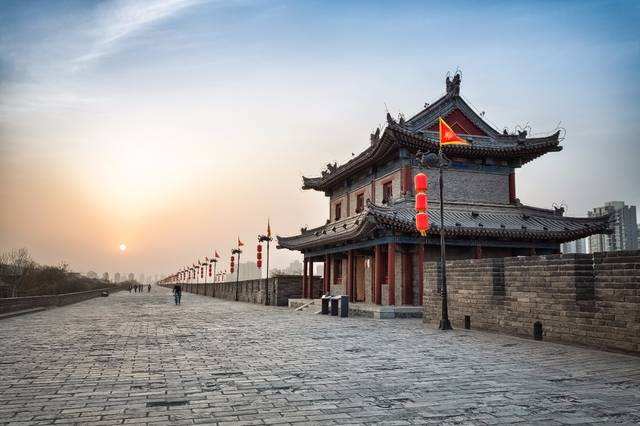
From around 1122 BC to 1027 BC,on the valley of Weihe River,a group of people who are called Zhou people in Chinese history began to rise and gradually stretched their presence to the east.After they defeated the Shang dynasty,the second slavery-based state in the Chinese history and the ruler of the Central Plains then,Zhou people founded the Zhou dynasty with Fenghao as its capital.Fenghao wereactually two places.The first king of Zhou dynasty,who was titled as King Wen after his death,built a capital on one side of the Feng River and named it”Feng” after the river,and later his successor King Wu built another capital on the other side of the river and named it”Hao”.These two capitals were so close geographically that they were often referred to as”Fenghao”in the ancient literature.Fenghao was the first capital in this area.Succeeding kings in Zhou dynasty continued to appoint Fenghao as the capital,mainly because it has favorable conditions for both military and economic development,thus an ideal place for capital.It was easy for the king to put the whole Guanzhong(the Weihe River basin)under control,for Fenghao was virtually the centre of the area.According to historical records,the capital city had a complete layout,resembling a square from a bird’s view,and was considerably large compared with other cities then.
Nonetheless,towards the end of the Western Zhou dynasty,the city began to fall;and in the Autumn and Spring period,all the buildings above the ground were destroyed and no longer seen.
Then came the Qin dynasty.Having moved the capital several times,the state of Qin,the ruler over the Guanzhong Plain and the founder of the Qin dynasty,finally built its capital in Xianyang,which lies on the bank of the Weihe River and is about 10 kilometers northeast to today’s city of Xianyang.After the fall of the Qi dynasty,an insurgent general Xiang Yu marched into Xianyang and burned the once glamorous palaces to ashes.
Thus unable to use the capital city of the previous dynasty,the first emperor of the Han dynasty,whose name was Liu Bang,had to build on the south bank of the Weihe River a new capital and named it Chang’an(literally means lasting stability),the earliest city that was built in the suburbs of Xi’an.Emperor Liu Bang only built two palaces,Changle Palace(Palace of Perpetual Happiness)and Weiyang Palace(Palace of Endlessness).After 200 BC when Chang’an was officially designated as capital,succeeding rulers began a large-scale construction of the city who saw its most glamorous times during the reign of Emperor Wu,the most powerful period in the Han dynasty.Started by Emperor Liu Bang,the construction of the North Palace annexed to Weiyang Palace was finished by Emperor Wu. In addition, two new palaces, the Gui Palace(Palace of Laurel) and the Mingguang Palace (the Palace of Brightness) to the north of the Changle Palace were erected. Thus a magnificent palace complex took shape.
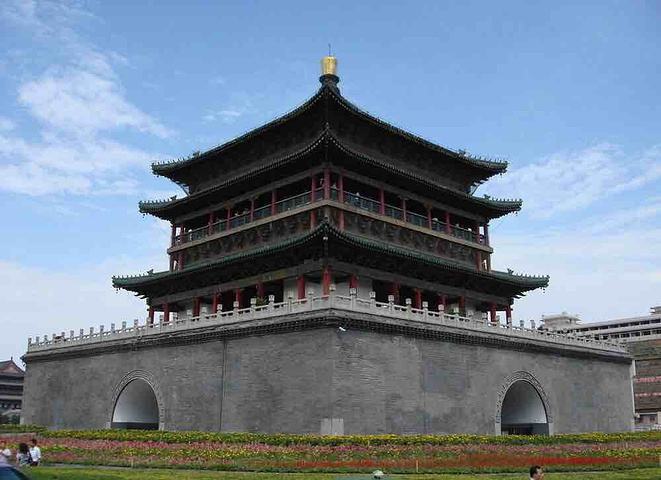
Bird’s eye view of the site of the front hall of Weiyang Palace Situated in the northwest of today’s Xi’ an, Chang’ an in the Han dynasty was 25.7 kilometers in girth and 36 square kilometers in area. In the outer city, there were the Jianzhang Palace, the Ancestral Shrine, the Kunming Lake and the Shanglin Garden. With gilded copper phoenix decorating the roof and stairs made of jade stone, Jianzhang Palace was luxurious enough to gratify Emperor Wu’s vanity as itwas originally intended. The Ancestral Shrine was the place to worship ancestors.
Kunming Lake, the big reservoir in Chang’ an, not only provided Chang’ an residents with water but also backed water transportation. For emperors, Shanglin Garden was a place for fun. There, they joyfully chased after the animals and birds among the trees and showed off their booties in pavilions.
Chang’ an was one of world’s most magnificent cities then. However, the Han dynasty was by no means its heyday, and later dynasties would continue to build on its grandeur.
In the Sui dynasty, Chang’ an was made the capital once again. But it was even larger in area and a lot more orderly in layout. The first Emperor of the Sui dynasty, Emperor Wen, named his capital “the city of Daxing”(which literally means great prosperity). After the Tang dynasty substituted Sui, the capital, renamed Chang’ an, was expanded into an unprecedented one,36.7 kilometers in girth and 84 square kilometers in area, nearly 10 times larger than present Xi’ an city. With the imperial city and the imperial palace as the center, Chang’ an was clearly divided into a palace area, an administrative area and a residential area.A1l the imperial palaces, administrative organs and important temples were constructed on the six high slopes that stretched from east to west. Such a layout reflects the supremacyof the imperial power on the one hand and enlarges the city’s space on the other.
All buildings in Chang’ an were constructed symmetrically along a central axis. This layout has a far-reaching impact on the urban development in China.
During the nearly 300 years when the Tang dynasty ruled China, Chang’ an was not only a national political, economic and cultural centre but also an international trading and cultural centre. In the late Tang dynasty, however, Chang’ an was destroyed to a great extent. When Zhu Wen (a military commissioner who made Emperor Zhaozong of the Tang dynasty abdicate in 907 and became the first emperor of the Later Liang) forced the Emperor Zhaozong of the Tang dynasty to move its capital from Chang’ an to Luoyang and ordered to demolish the city, Chang’ an finally lost its status as the capital. Later, on the site of the original imperial city, Han Jian (another military commissioner) built a new city which was referred to as Chang’ an during the Five Dynasties, the Song dynasty and the Yuan dynasty. In the Ming dynasty, city walls were constructed, making Chang’ an a town of military importance for the control over the southwest and northwest. For the first time in history, Chang’ an was renamed Xi’ an (literally means “west peace”), reflecting the ruler’s wish to keep the northeast stable and secure.
The name of Xi’ an was kept by the Qing dynasty.
